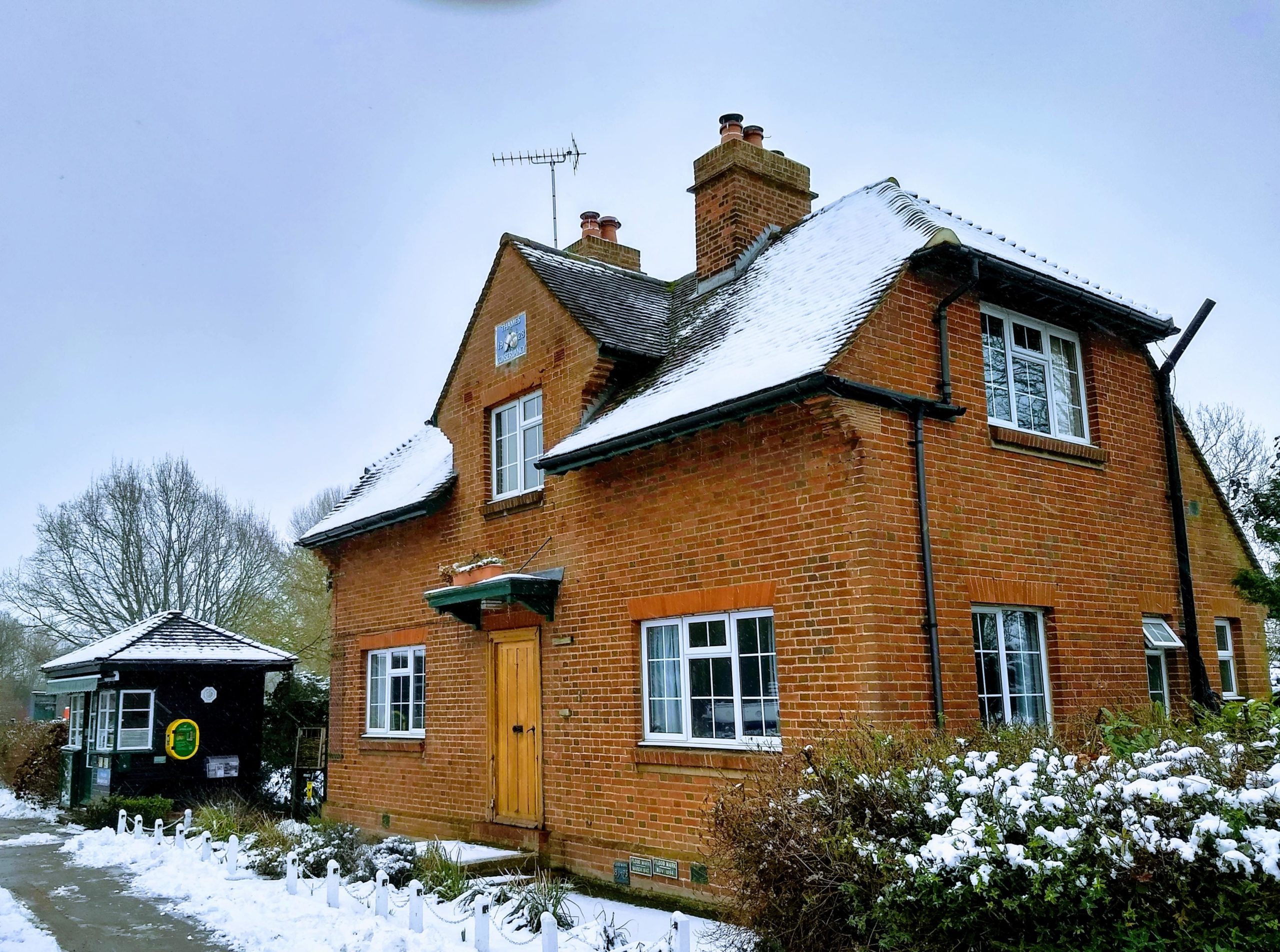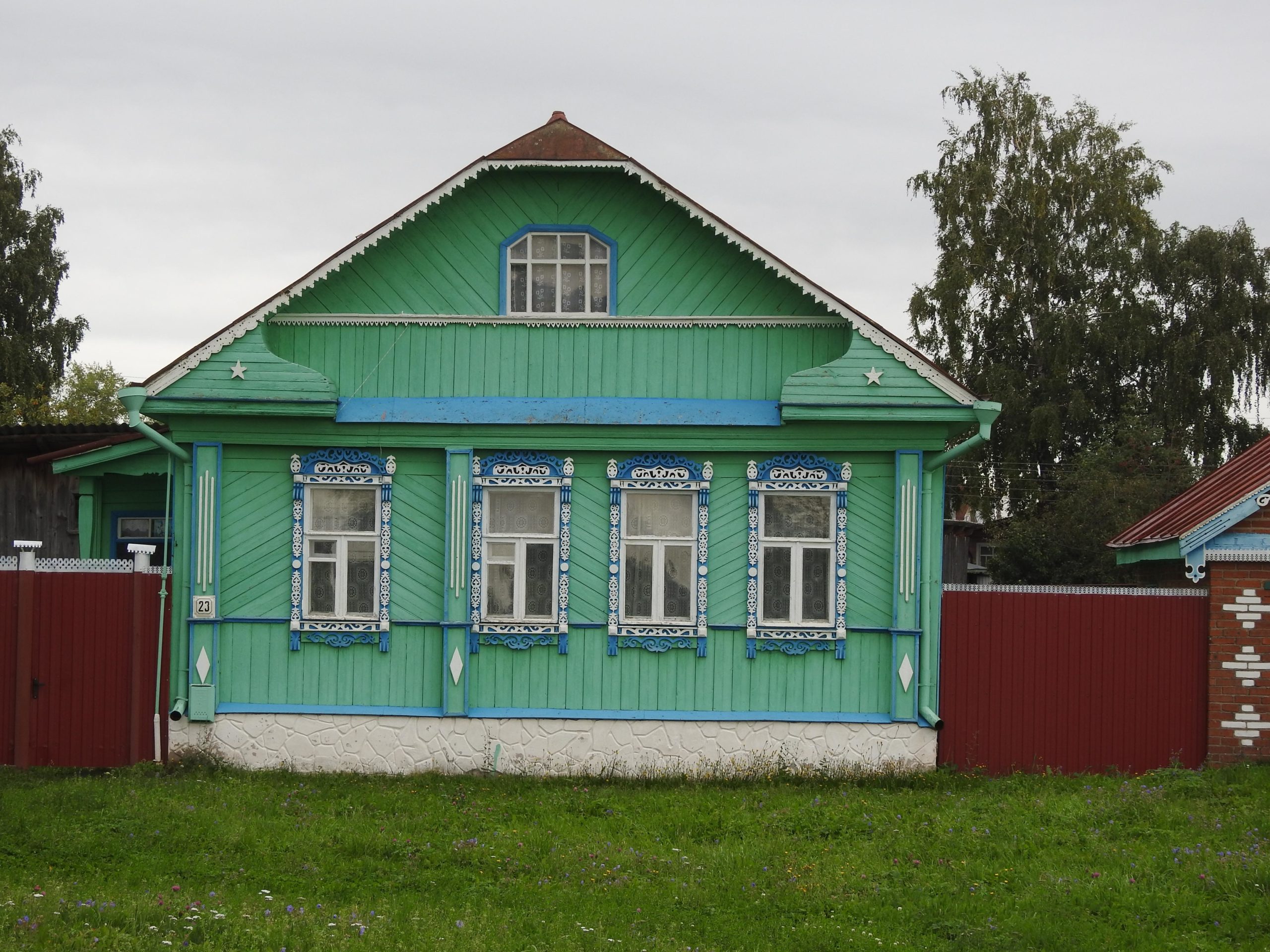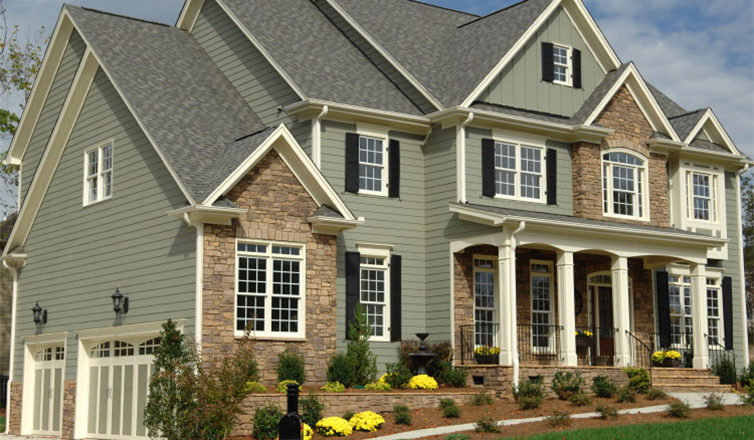When you are painting the exterior of your home, you have quite a large project that can take a number of days, sometimes weeks, depending on how many people are involved in doing it and whether you hired an experienced Austin painter.
With a project as ambitious as it is, there are certain things you will want to remember in terms of practical rules that will help you get the painting project done not just in a timely manner but done as well as possible.
With that being the case, here are seven exterior house painting rules you should not break in Austin, TX.
1. Be Mindful Of The Weather When You Are Preparing To Paint
One major element that comes into play when you’re looking to paint your home is something that is considered by some to be entirely out of your control — the weather.
To some extent, this is true — you can’t control it is colder and possibly snowy in the winter and depending on where you are in the world, maybe a bit more likely to see rain if you’re in the spring or the fall.
The thing you can control is whether you choose to plan to paint when the weather is less than ideal.

The ideal weather for painting is neither when it is too cold nor too hot; too cold weather will not permit the paint to dry in a timely manner, and too hot weather will make the paint dry far too quickly and possibly cause irreparable damage to the paint job itself, requiring it to be scraped and repainted sooner than not. When you are looking to paint the exterior of your home, you ideally want to have weather that is both dry in terms of not raining as well as not humid.
When it is rainy or humid, it makes it quite difficult for paint to adhere to the surface of your home as paint does not adhere well to surfaces that are not dry.
2. Quality Paint Is A Must
When you are looking to paint the exterior of your home, the first thing you’re going to want to do is to make sure that the paint that you are using is of a higher quality.
It’s possible that when you are looking at various paints that you could use for the project, you will come across paints that are lower in price and therefore seem like a good idea to use for your home exterior, this is not a good idea.
For one, higher quality paint tends to last considerably longer than paint that is of lower quality — if you use a lower quality paint, you might end up spending more in the long run because you will have to repaint the home in a a shorter amount of time than if you use higher quality paint.
It’s also entirely possible that when you use a higher quality paint, you will also need to use fewer coats of paint, and this too will lead to the overall cost of the paint job being lower than if you use lower quality paint.
3. Clean And Sand The Surface Of The House Before Painting
It is essential that you clean and sand the surface of the house you are looking to paint prior to starting the painting process.
When you are painting any surface, it’s vital that the surface is both clean and smooth — and the things that stand as an impediment to your doing so are the years of dirt that will accumulate over time and the general need to sand your surfaces to ensure they are smooth before painting.
You can start by cleaning the surface of your home through one of a few methods — you can clean with a cleaning solution and a brush, a simple hose with a washing attachment, or if you have the extra budget for it, a power washer with the appropriate setting.
Once your home exterior is appropriately clean, you will be able to sand it until it gets smooth enough to apply the paint of primer, which is always a good thing to use prior to applying the first coat of paint.

4. Primer Should Always Go First
The first thing that should go onto the exterior of a home is a coat of primer, which should then be properly sanded after application.
Primer is an essential first coat that will properly go over the surface of the exterior of your home and provide a good layer to which the paint will be able to adhere better than if it were to go onto the bare or even well-sanded exterior of your home.
When you use a primer first, you are ensuring that the coats of paint that you subsequently apply will last longer than if you do not apply primer.
5. Start From The Top Of The House And Paint Downward
When you are painting your home, you are going to want to start at the top of the house and to paint downward from there.
The chief reason that you are going to want to do that is that as you paint, the paint will inevitably dribble downward, and if you start from the bottom and work your way up, you will find yourself with thicker paint toward the bottom, and that is not a look you want to go for in any case.
When you paint from the top and then go down, you will still have some drips as well, but you will be able to paint in the direction in which you are painting.
6. Seal Your Paint Cans And Keep Your Brushes Moist
When you are painting the exterior of your home, it is a process that will inevitably take quite a number of days, and one mistake that people make when they are finishing is no properly to seal their paint cans.
When you have a paint can that is not adequately sealed, you are likely to get air into your paint, and that is not something that you want for good paint during the painting process.
One method that people employ for sealing their paint can is to use a soft hammer or mallet to tap on the lid of the paint can get it to seal firmly.
A simple plastic shopping bag can assist you with sealing the paint can — if you put it in between the lid and the can and use the mallet to get the lid down, you will get a better seal.
In terms of paintbrushes, if you take a paintbrush and wrap it in aluminum foil and then put it in a seal-able bag, you will have paintbrushes that can be easily used the following day without a problem instead of having to wash them and dry them every day.
7. Protect Your Plants
When you are painting, it’s important to protect your plants from the paint that will inevitably fall from your brushes. You can take some quality drop cloths and cover anything exterior that needs to be protected — and then go on to weigh down the drop cloths with available weights so that the drop cloths do not blow away should you get a strong breeze during the painting process.
If you have any questions about Austin house painting or would like a free quote, give the PaintPro a call today. (512) 862-7699
